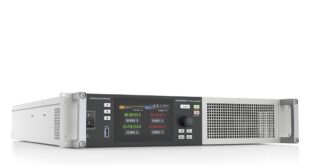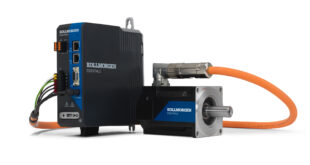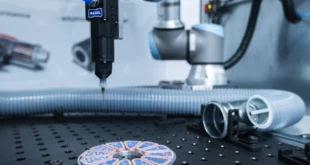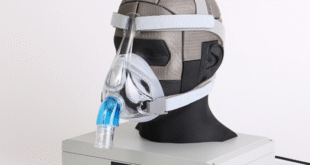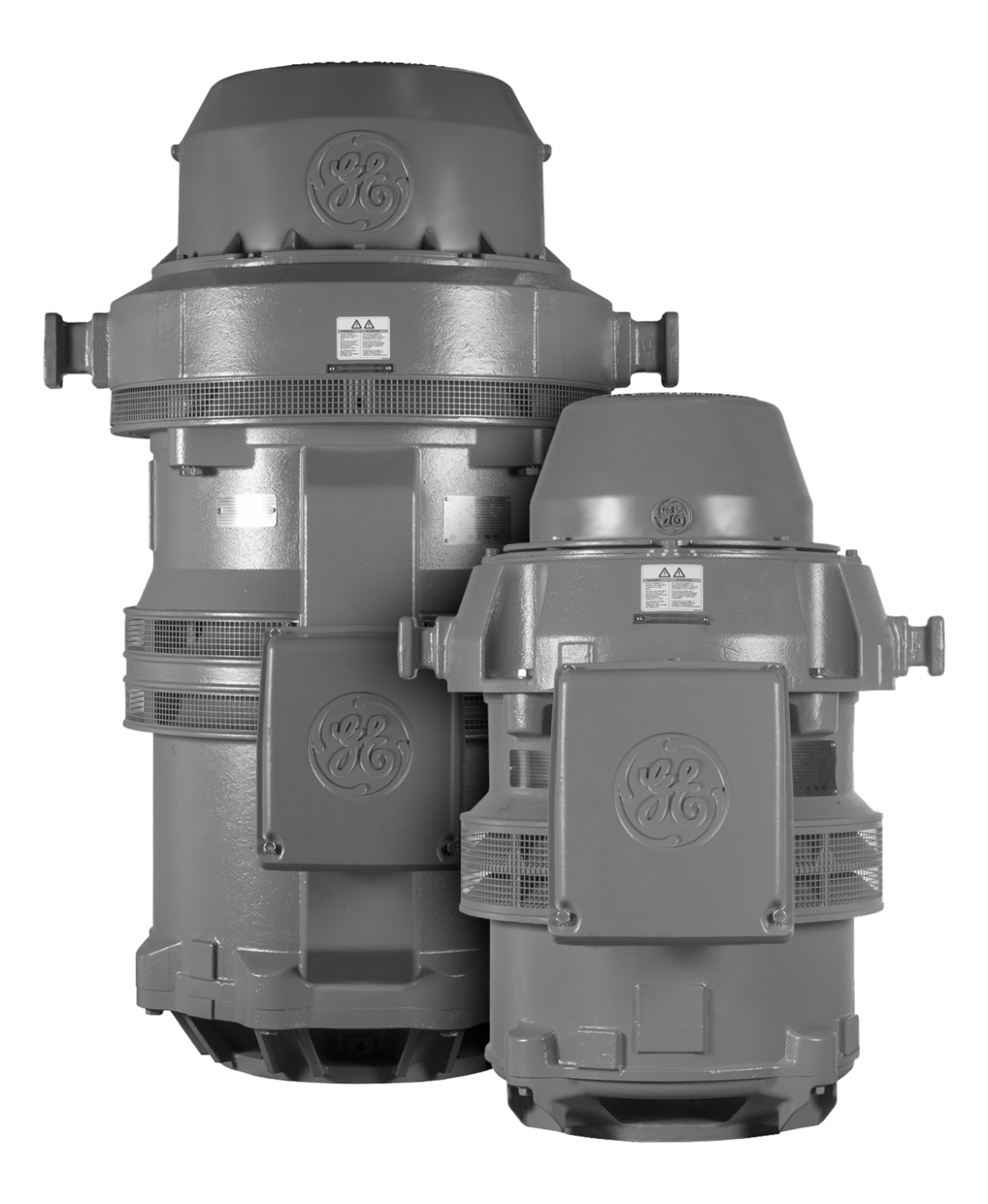Smart device battery manufacturer Ultralife Corporation has released a whitepaper giving a technical comparison of standard lithium coin cell batteries and the company’s own lithium thin cell battery chemistry.
The whitepaper, which is available to download from the company’s website, shows a side by side comparison of the battery types to help design engineers of internet of things (IoT) enabled smart devices choose the best power source.
Ultralife Corporation conducted tests on thin cell and coin cell batteries, comparing the discharge performance in several different test scenarios, including at different ambient temperatures and in high rate discharge applications.
To achieve a balance during the experiments, Ultralife engineers compared the company’s CP124920 model of thin cell battery against CR2025 coin cells from three different tier one manufacturers.
In each of the tests recorded in the whitepaper, the thin cell battery boasts a higher voltage and capacity, which translates into more energy and longer device runtimes.
“Depending on where you look, there are a lot of different predictions for growth in the IoT market in the next few years. But what this does tell us is that demand for wireless electronic devices is growing,” explained Neil Oliver, technical marketing manager at Ultralife Corporation. “With this comes an expectation of longevity, which means design engineers must,consider the reliability of their device’s power source.
“Since many IoT devices are designed to operate off grid, design engineers generally rely on batteries to provide reliability. However, our testing shows that selecting the right battery is crucial in determining the longevity of IoT devices, which our whitepaper suggests involves a move away from standard coin cells in many cases.”
Alongside the technical comparison, the whitepaper also includes a side-by-side comparison of the two battery types for attributes such as shelf life, footprint and cost effectiveness. These are the factors that product designers should look for when integrating batteries into their device.
Attributes such as footprint are particularly important due to the common designs of many IoT devices.
For the end product to have the slimmest profile possible, many design engineers choose to embed batteries into the final product, which means the lower run time of coin cell batteries can significantly reduce the product’s life cycle.
Using thin cells in such an application can deliver a longer product life and better end user value.
Design engineers choosing a power source for their IoT device can download the whitepaper HERE.
 Engineer News Network The ultimate online news and information resource for today’s engineer
Engineer News Network The ultimate online news and information resource for today’s engineer
